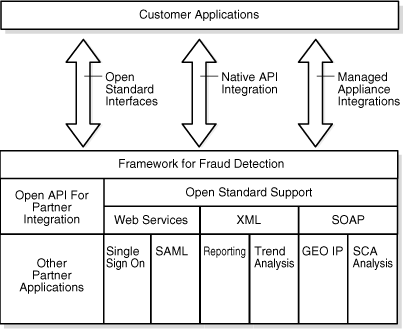

Redesign the control framework across businesses, risk management, and internal audit teams, and use technology-enhanced tools to test or audit automated processes.

#RISK ENGINE INTEGRATION MANUAL#
Digitize existing controls through analytics and other technologies, and design new controls specific to each technology, such as built-in error handling capabilities, alert mechanisms for process breakdowns, and manual exception handling for unexpected circumstances.Establish a centralized governance initiative to manage the risk of automation by establishing parameters for where automation can and can’t be applied and setting policies concerning process design, development, testing, and maintenance.
#RISK ENGINE INTEGRATION FULL#

#RISK ENGINE INTEGRATION SOFTWARE#
In background checks, for example, controls for humans conducting them may be replaced with software robot (bot) specific controls for exception handling and outliers. Increased complexity because different types of automation require different types of controls while outdated controls need to be replaced.To realize the complete advantages of automation, organizations need to adopt a holistic change management approach, including business-IT alignment, employee culture (refer to our Enabling digital transformation by managing culture risk trend), and new controls designed to the specific risks emerging from automation technologies. Legacy infrastructure and fragmented operating environments can limit the benefits that organizations may be seeking. Unintended consequences, including the obsolescence of existing controls, complexity in operations, and the possibility of cascading errors, become top areas of concern. And it’s driving them to adopt automation technologies, such as robotic process automation (RPA), intelligent automation, and AI-based decision making tools (refer to our Managing the black box of artificial intelligence trend). Case Study: Using MSCI HedgePlatform for holdings-based risk management - A case study for the State of Wisconsin Investment Board.Ī web-based platform that helps wealth managers assess portfolio risk, construct asset allocation policy and create comprehensive client proposals.This article is one of nine trends outlined in Deloitte's Future of risk in the digital era report.Īutomation is becoming the new norm for organizations to support their growth and cost optimization strategies. Read moreĪ service that helps investors to better manage their hedge fund investments using analytics calculated on the position-level holdings of each fund. Sophisticated tools for consolidating and comparing risk and opportunities across an entire credit business - including bonds, credit derivatives and traditional retail exposures. RiskManager’s powerful analytical capabilities enable clients to quickly set up custom reports, run ad hoc analyses, perform exception management, design stress test scenarios and conduct what-if analysis. Read moreĪ multi-asset class, scalable SaaS framework for enterprise-wide risk management. The solution offers seamless banking book integration, a centralized inventory of all securities including from trading activity, securities lending and. A multi-asset class, multi-currency risk and performance analytics platform that enables investors to use its risk forecasting model, correlated stress test engine and performance analytics together in an integrated fashion.


 0 kommentar(er)
0 kommentar(er)
